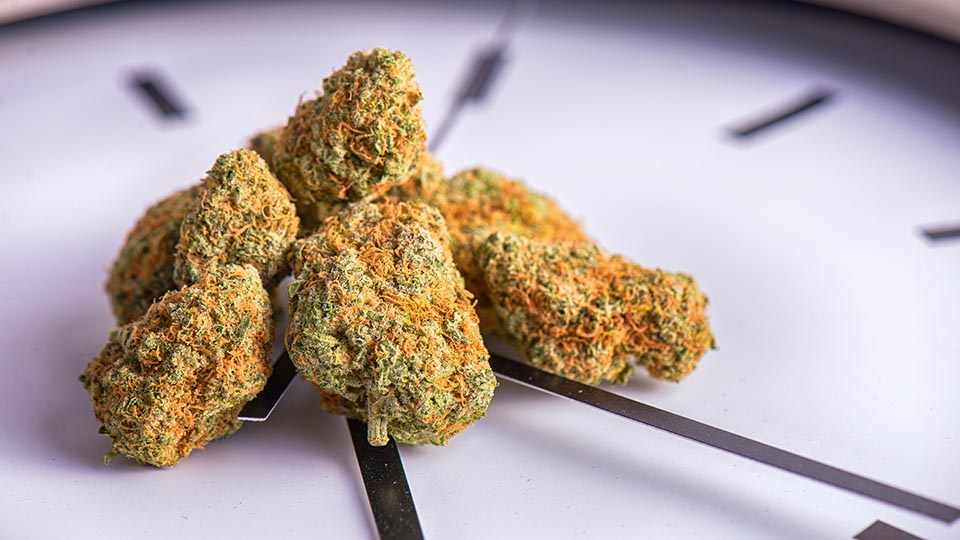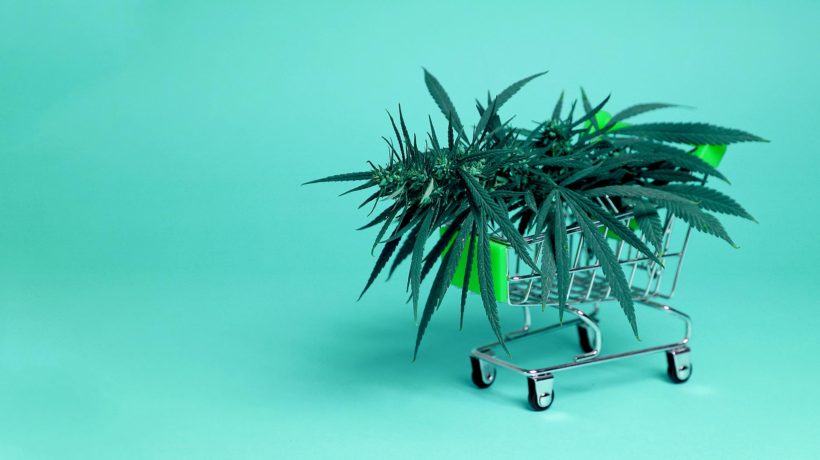Cannabis has long been used as an alternative treatment to Glaucoma, the painful eye condition that can lead to blindness. In fact, it was one of the first diseases to officially use medical marijuana as a treatment. Since then, the healing properties of cannabis have proven to be effective for dozens more.
Though doctors have developed several other treatments for glaucoma, many patients still turn to this alternative remedy. Learn more about the condition and the future of cannabis in glaucoma treatment.
What is glaucoma?
Glaucoma is a disease that affects your eyes. Fluid builds up in the front part of the eye and increases pressure. As a result, the optic nerve gets damaged. This eventually leads to blindness if it’s not treated properly. In some people, glaucoma doesn’t have any symptoms until it’s already in advanced stages and vision is affected. In others, glaucoma causes severe pain, headaches, nausea, and vomiting.
According to the American Academy of Ophthalmology, glaucoma is the leading cause of blindness in people over the age of 60 in the United States. Fortunately, you can protect your vision and prevent blindness by getting treatment early.

How does marijuana help glaucoma?
Intraocular pressure (IOP) is what increases with glaucoma and causes problems. Marijuana — more specifically THC — helps glaucoma because it reduces IOP. In doing so, it reduces the pressure on the optic nerve and limits the damage that it can cause. This effect was discovered in the 1970s and solidified medical marijuana’s reputation as the miracle treatment for the condition.
Since then, the therapeutic effects of cannabis have been studied more. Though these studies are still just beginning and we are nowhere near knowing all of the amazing benefits of cannabis, researchers have identified several other uses and treatments. In particular, marijuana is known to reduce pain and nausea, which are both effects of glaucoma in some people.

Are there drawbacks to this treatment?
The biggest drawback to this treatment — and the one that gets the most flack — is that the drop in IOP is temporary and only lasts three to four hours. After that time, the pressure goes back up. People using medical marijuana as the sole treatment for glaucoma would have to smoke six to eight times per day to maintain the desired IOP. For recreational users, this may not sound like a drawback at all. For medicinal users, using marijuana that many times per day can get in the way of other daily activities as well as become incredibly expensive.
Despite these drawbacks, many patients still inquire about medical marijuana for treating their glaucoma. This is often the case when traditional treatments aren’t working or create undesirable side effects.

New developments in cannabis treatment for glaucoma
The effectiveness of marijuana for treating glaucoma has sparked a number of studies into alternative methods of administering the healing compounds. Administering THC by mouth under the tongue eliminates the need to smoke cannabis thus reducing the harmful effects of smoking and making it more convenient to use. However, this method increases drowsiness.
Researchers are working to develop cannabis eye drops that deliver THC directly to the eyes in hopes of eliminating the side effects. Currently, none of the eye drops they’ve developed have been potent enough to be effective. In the meantime, smoking, vaporizing, and ingesting cannabis are all reliable methods.
Many doctors downplay the effectiveness of medical marijuana in favor of newer treatments for glaucoma. It does have some drawbacks, but its benefits cannot be overlooked. That’s why researchers are still looking into developing new cannabis treatments for this disease. If you suffer from glaucoma, check out the many cannabis products available to help you manage the symptoms.



